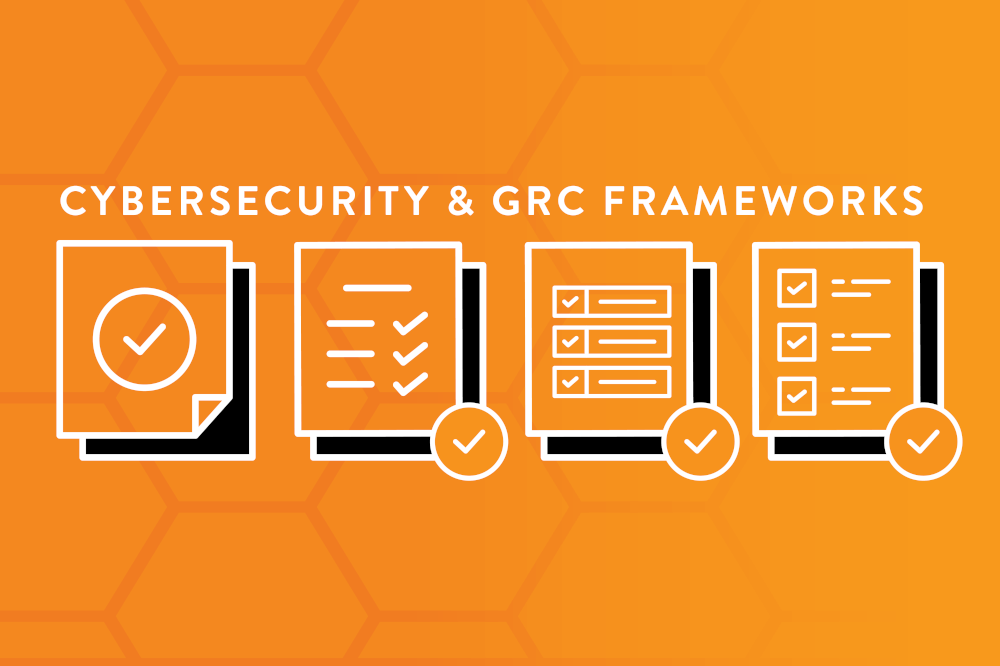How DataBee Uses the Open Cybersecurity Schema Framework (OCSF) to Optimize Security Data
Free the CISO, a podcast series that attempts to free CISOs from their shackles so they can focus on securing their organization, is produced by CIO.com in partnership with DataBee®, from Comcast Technology Solutions.
In each episode, Robin Das, Executive Director at Comcast under the DataBee team, explores the CISO’s role through the position’s relationship with other security stakeholders, from regulators and the Board of Directors to internal personnel and outside vendors.
How DataBee Uses the Open Cybersecurity Schema Framework (OCSF) to Deliver Real Value to Clients
Security Data comes in a variety of formats and types (e.g., structured vs unstructured). From diverse logs from different tools, to alerts to telemetry and threat intelligence, the lack of consistency and interoperability across these data sources creates a major challenge for security teams: analysts spend more time deciphering vendor-specific schemas than they do generating insights or responding to threats.
That’s where the Open Cybersecurity Schema Framework (OCSF) and DataBee come in.
What is OCSF?
The Open Cybersecurity Schema Framework (OCSF) is a vendor-agnostic, collaborative standard designed to normalize and unify security and security-adjacent data. It’s not tied to any specific storage format, ETL process, or data collection method. Instead, it provides a flexible, extensible schema that organizations can adopt and customize—without sacrificing compatibility.
How DataBee Leverages OCSF
DataBee is a security data fabric that integrates, normalizes, and enriches data from across your enterprise—cloud, on-premises, and hybrid environments. By extending the OCSF, DataBee ensures that all incoming data, regardless of source or format, is transformed into a consistent, queryable structure to help clients unlock the full potential of their security data.
This means:
- Fast threat detection through unified schemas
- Simplified compliance reporting
- Easy collaboration between security, risk, and compliance teams
- Your Data really is your data as it is normalized to an industry standard
Why OCSF + DataBee is a Game-Changer
DataBee’s use of OCSF allows it to interweave data from different schema classes—like Authentication, Network Activity, and Security Findings—into a cohesive narrative. For example:
- Security Finding: A user authenticates, accesses a suspicious site, receives a malicious email, and malware is launched on their device.
- Compliance Finding: A returning employee logs in, and their endpoint shows outdated EDR configuration.
- Operational Insight: A self-checkout attendant logs in, followed by unusual shopper behavior and a bagging exception.
These insights are only possible because DataBee uses OCSF to normalize and correlate data across sources and time.
Key Benefits for DataBee Clients
By building on OCSF, DataBee delivers:
- Flexibility for Your Tech Stack: Easily add, remove, or swap vendors without reworking downstream integrations.
- Improved Detection Coverage: Standardized data enables more effective and interoperable detections across tools.
- Faster, Smarter Analytics: Create consistent rules and dashboards that work across all data sources.
- Noise Reduction in Threat Hunting: Normalized fields make it easier to filter out irrelevant data and focus on what matters.
- Reduced Analyst Fatigue: A single schema reduces the cognitive load of learning multiple vendor-specific formats and pivoting between tools.
- Support for Multiple Personas: Whether you're in security operations, compliance, or threat intelligence, OCSF-normalized data supports your use case.
Conclusion: OCSF is the Foundation, DataBee is the Engine
DataBee’s adoption of the Open Cybersecurity Schema Framework empowers organizations to unify their security data, reduce complexity, and accelerate value. By building powerful correlation logic on top of a standardized schema, DataBee helps large enterprises make sense of their sprawling security ecosystems—turning fragmented data into actionable intelligence.
With DataBee and OCSF, your data works smarter, not harder.
How DataBee Uses the Open Cybersecurity Schema Framework (OCSF) to Deliver Real Value to Clients
Security Data comes in a variety of formats and types (e.g., structured vs unstructured). From diverse logs from different tools, to alerts to telemetry and threat intelligence, the lack of consistency and interoperability across these data sources creates a major challenge for security teams: analysts spend more time deciphering vendor-specific schemas than they do generating insights or responding to threats.
That’s where the Open Cybersecurity Schema Framework (OCSF) and DataBee come in.
What is OCSF?
The Open Cybersecurity Schema Framework (OCSF) is a vendor-agnostic, collaborative standard designed to normalize and unify security and security-adjacent data. It’s not tied to any specific storage format, ETL process, or data collection method. Instead, it provides a flexible, extensible schema that organizations can adopt and customize—without sacrificing compatibility.
How DataBee Leverages OCSF
DataBee is a security data fabric that integrates, normalizes, and enriches data from across your enterprise—cloud, on-premises, and hybrid environments. By extending the OCSF, DataBee ensures that all incoming data, regardless of source or format, is transformed into a consistent, queryable structure to help clients unlock the full potential of their security data.
This means:
- Fast threat detection through unified schemas
- Simplified compliance reporting
- Easy collaboration between security, risk, and compliance teams
- Your Data really is your data as it is normalized to an industry standard
Why OCSF + DataBee is a Game-Changer
DataBee’s use of OCSF allows it to interweave data from different schema classes—like Authentication, Network Activity, and Security Findings—into a cohesive narrative. For example:
- Security Finding: A user authenticates, accesses a suspicious site, receives a malicious email, and malware is launched on their device.
- Compliance Finding: A returning employee logs in, and their endpoint shows outdated EDR configuration.
- Operational Insight: A self-checkout attendant logs in, followed by unusual shopper behavior and a bagging exception.
These insights are only possible because DataBee uses OCSF to normalize and correlate data across sources and time.
Key Benefits for DataBee Clients
By building on OCSF, DataBee delivers:
- Flexibility for Your Tech Stack: Easily add, remove, or swap vendors without reworking downstream integrations.
- Improved Detection Coverage: Standardized data enables more effective and interoperable detections across tools.
- Faster, Smarter Analytics: Create consistent rules and dashboards that work across all data sources.
- Noise Reduction in Threat Hunting: Normalized fields make it easier to filter out irrelevant data and focus on what matters.
- Reduced Analyst Fatigue: A single schema reduces the cognitive load of learning multiple vendor-specific formats and pivoting between tools.
- Support for Multiple Personas: Whether you're in security operations, compliance, or threat intelligence, OCSF-normalized data supports your use case.
Conclusion: OCSF is the Foundation, DataBee is the Engine
DataBee’s adoption of the Open Cybersecurity Schema Framework empowers organizations to unify their security data, reduce complexity, and accelerate value. By building powerful correlation logic on top of a standardized schema, DataBee helps large enterprises make sense of their sprawling security ecosystems—turning fragmented data into actionable intelligence.
With DataBee and OCSF, your data works smarter, not harder.
More posts


How DataBee Enhances the Open Cybersecurity Schema Framework (OCSF) for Smarter Security Insights
Discover how DataBee builds on the Open Cybersecurity Schema Framework (OCSF) to normalize, enrich, and correlate security data—enabling scalable, intelligent threat detection and analytics across your enterprise.











